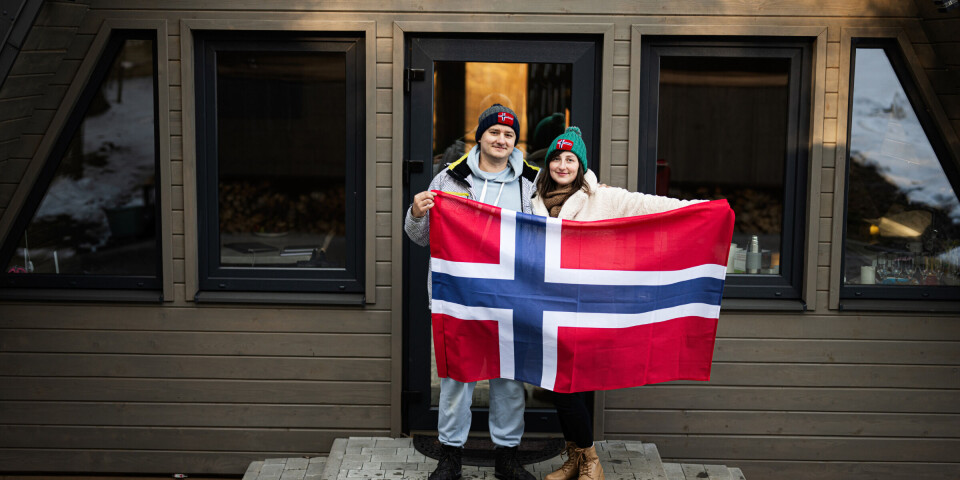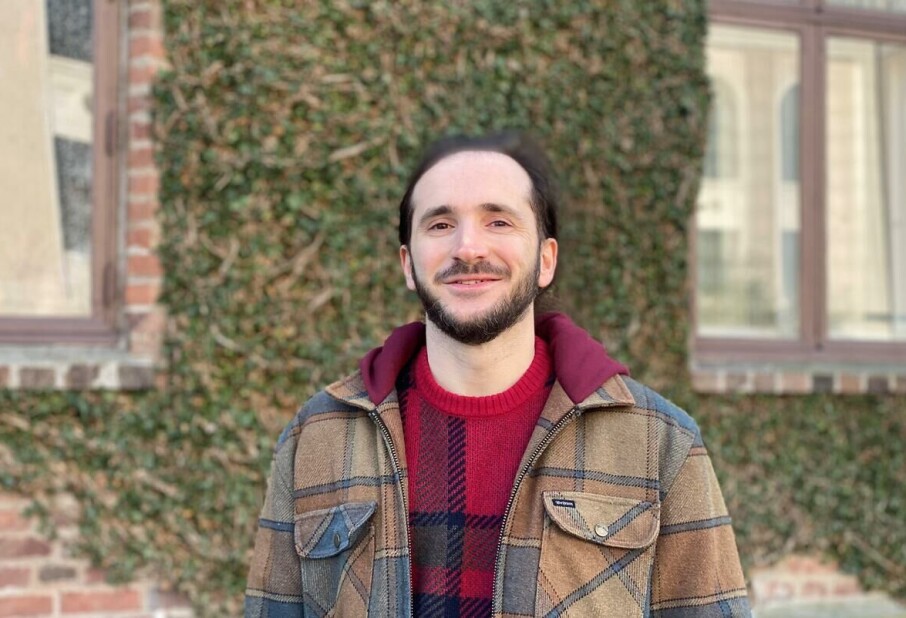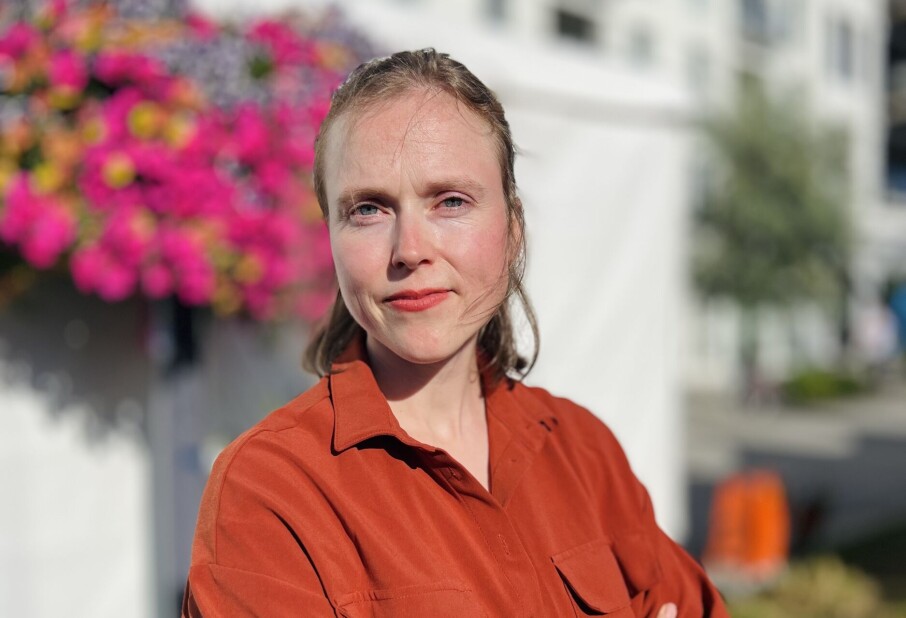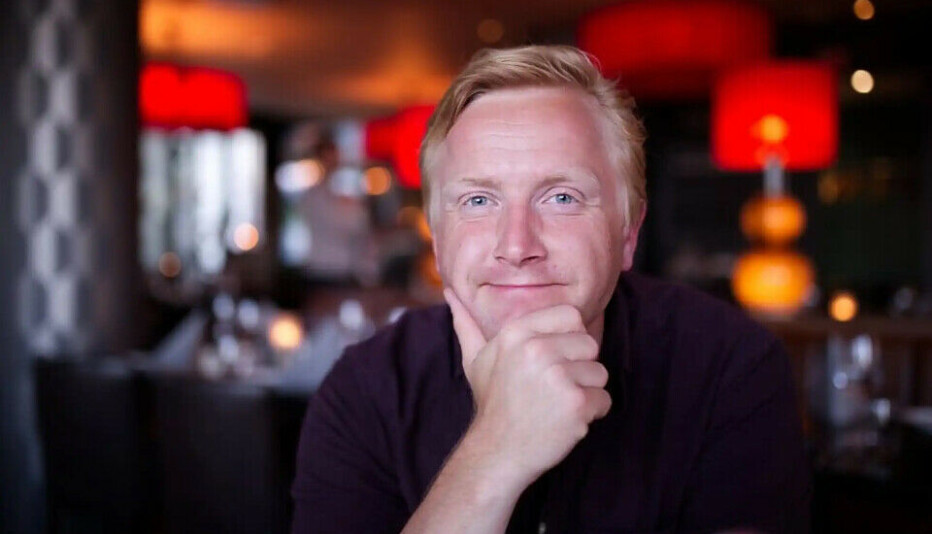THIS CONTENT IS BROUGHT TO YOU BY Oslo Metropolitan University - read more
New report: Ukrainian refugees who stayed with private hosts integrated faster into Norwegian society
Municipalities were also able to assist a greater number of refugees.

Following Russia’s invasion of Ukraine in 2022, over 90,000 Ukrainian refugees arrived in Norway.
Many chose to stay with family, friends, or acquaintances instead of living in asylum reception centres.
“An unusually high number of refugees stayed in private homes before formal settlement. This significantly influenced how municipalities managed the situation,” says Marthe Handå Myhre.
She is a researcher at the Norwegian Institute for Urban and Regional Research (NIBR) at OsloMet.
This was a new situation for Norwegian municipalities, as they had limited prior experience with refugees living in private housing before being formally settled.
A structured support scheme
To ease the pressure on reception centres, the government encouraged municipalities to follow up with refugees living in private homes before they were formally settled. In response, the Norwegian Directorate of Immigration (UDI) introduced a new scheme called Temporary Alternative Reception Accommodation for Displaced Persons from Ukraine (MAMOT).

Municipalities could choose whether to participate. Those that did received funding to support refugees during the waiting period.
“The scheme was well received. It allowed municipalities to be compensated for supporting refugees. Several municipalities provided financial assistance that was crucial during this phase,” says Myhre.
Many municipalities agreed that the scheme helped speed up the settlement process and allowed them to take in more refugees.
“At the same time, we saw that in many cases, settlement happened so quickly that the scheme wasn’t needed,” Myhre adds.
In such cases, municipalities chose to settle refugees directly instead of using the MAMOT programme.
Rapid settlement and integration
Ukrainian refugees were generally granted collective protection quickly, which allowed the housing process to begin sooner. Those staying in private homes were often settled faster than those in reception centres – especially when no formal agreement with the municipality existed.
The Directorate of Integration and Diversity (IMDi) aimed to settle refugees in the municipalities where they were already living. This gave them a more stable and reassuring start, and helped them build local networks early on.
“This was particularly important for children, who avoided having to change schools after arrival,” says Myhre.
Municipalities were generally positive about settling refugees already living in their area. Many said it helped them house more people than they could have otherwise.
Many refugees expressed gratitude for being able to live with someone they knew. The report shows this helped them learn the language and find employment faster.
Inconsistent practices and a need for better information
Municipalities varied in how they followed up with privately housed refugees. Some had the resources to inspect housing and provide solid support, while others had to focus on other priorities.
“Several municipalities found it challenging to keep track of refugees living privately. Some preferred the traditional process of settling refugees from reception centres, which gave them more time to prepare,” says Myhre.
Some also said they needed better information from the state about which refugees were living in their area.
“However, it seems that many Ukrainian refugees reached out to the municipalities themselves,” Myhre notes.
Municipalities cannot provide support or information if they do not know the refugees are there.
Refugees felt safe and supported
88 per cent of refugees who stayed in private homes reported having enough food, clothing, and essentials during the initial period.
“Staying with someone they knew gave them a sense of security,” says Myhre.
Vulnerability and risk
Norway’s national police unit for combating human trafficking confirmed that there have been few reports or investigations related to trafficking or exploitation of Ukrainian refugees living in private homes.
Some municipalities reported concerning situations, but none experienced a high number of such cases.
“It’s important that refugees are well informed about the option of staying in reception centres. They should never feel pressured to live in unsafe or difficult private arrangements,” says Myhre.
Collective protection and financial support likely helped reduced the vulnerability of Ukrainian refugees.
Lessons for future crises
Myhre notes that the experiences with Ukrainian refugees may not apply to other refugee groups.
Many Ukrainians had family or friends in Norway, higher education, and the ability to travel freely in Europe, which made it easier for them to live privately.
“Still, we hope these findings can help shape effective solutions for future refugee situations,” she says.
Reference:
Myhre et al. Privat bolig i stedet for asylmottak? Erfaringer med oppfølgning og bosetting av ukrainske flyktninger som bodde privat, 2022-2024 (Private housing instead of asylum reception centres? Experiences with follow-up and resettlement of Ukrainian refugees who lived in private housing), NIBIO report, 2025.

This content is paid for and presented by OsloMet
This content is created by Oslo Metropolitan University's communication staff, who use this platform to communicate science and share results from research with the public. Oslo Metropolitan University is one of more than 80 owners of ScienceNorway.no. Read more here.




































